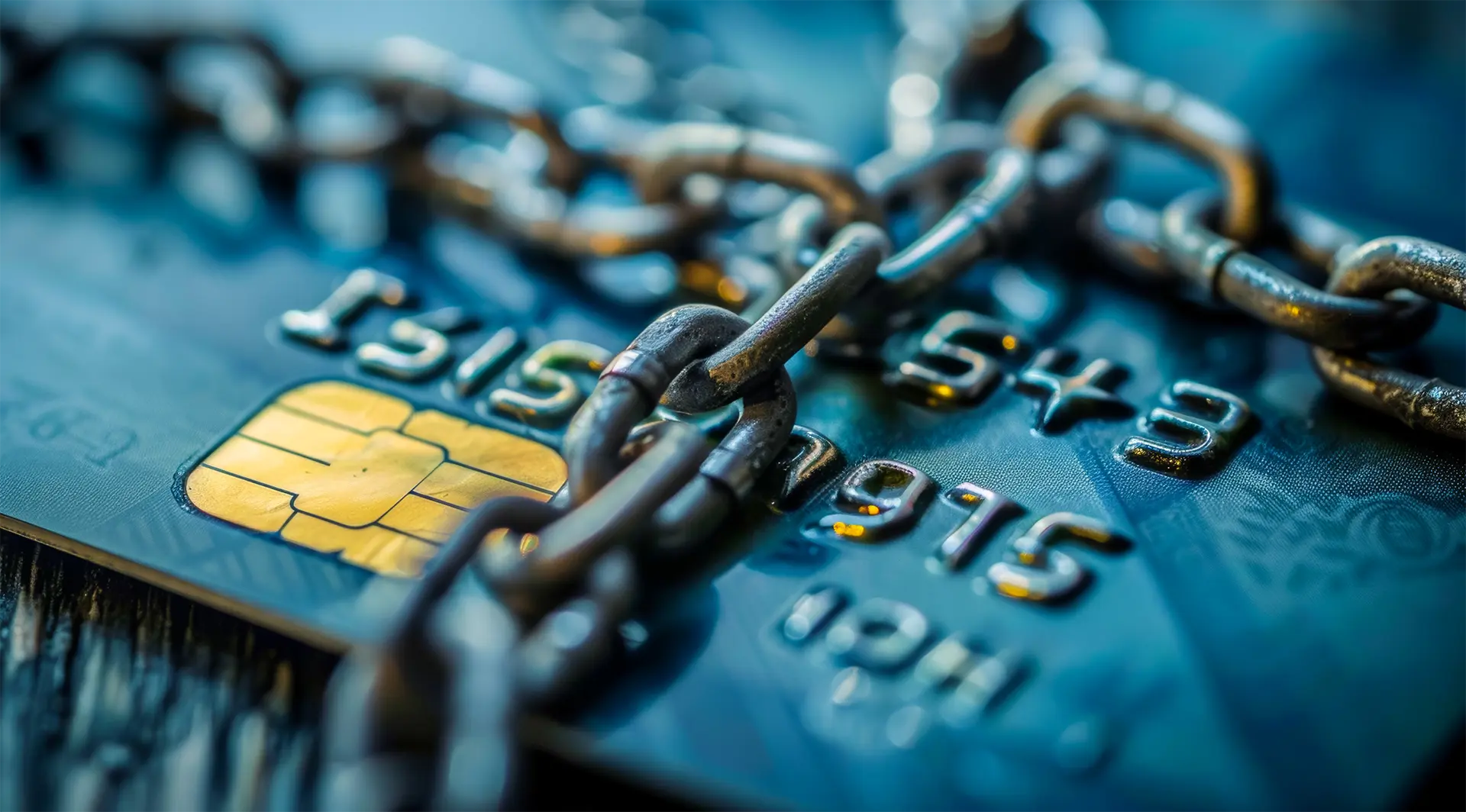Table of contents
- How to make secure online banking transactions
- Safer mobile banking transactions
- Protecting sensitive data during online transactions
- Security systems and software updates
- User education and awareness
- Best practices for secure online banking transactions
Secure online banking transactions have become a priority for anyone using the internet to manage their bank account and make online purchases. Ensuring the security of financial transactions is not only a concern for banks but also for users who want to protect their sensitive data from potential fraud risks.
How to make secure online banking transactions
To make secure online banking transactions, it is essential to adopt a series of preventive measures. First, it is important to use secure connections. Avoiding banking operations on unsecured public Wi-Fi networks can be a first step to reduce the risk of interception. Using a Virtual Private Network (VPN) can offer an additional level of security.
Ensure you access your bank account only through official bank websites. Verifying that the site address starts with “https://” indicates that the site uses an encrypted connection. Additionally, most banks offer two-factor authentication (2FA), which allows for secure access by requiring a second level of verification, often through a code sent via SMS or an authentication app.
Safer mobile banking transactions
Mobile banking transactions can be as secure as those conducted from a computer, provided certain precautions are followed. Installing only official bank apps from your app store, such as Google Play Store or Apple App Store, is crucial to avoid fraudulent apps that can steal personal data.
Keeping the mobile operating system and all installed apps updated helps protect the device from security vulnerabilities. Additionally, using built-in security features like biometric recognition (fingerprints or facial recognition) to access banking apps can offer extra protection.

Protecting sensitive data during online transactions
When conducting online transactions, it is important to pay attention to the sensitive data entered. Using complex and unique passwords for each e-commerce site or banking app reduces the risk of unauthorized access. It is also advisable to change passwords regularly.
Avoid saving payment card details on e-commerce sites. While this feature may seem convenient, it can increase the risk of fraud in the event of a data breach on the site itself. Opting for alternative payment methods such as PayPal or virtual payment cards can be a safer option.
Security systems and software updates
Banks and payment service providers continually invest in advanced security systems to protect customers. However, users must do their part by ensuring their devices are always up to date. Software updates often include crucial security patches that fix known vulnerabilities.
Installing good antivirus software can also help protect devices from cyber threats. Some antivirus programs offer specific features for online banking operations, such as secure browsers that protect data during financial transactions.
User education and awareness
User awareness is one of the most important elements in protecting online banking transactions. Being informed about phishing attacks and how to identify them can prevent the disclosure of personal information through suspicious emails or messages.
Paying attention to bank statements and transaction notifications can help detect any suspicious activity on your bank account. In case of doubt, immediately contacting your bank for clarification can be crucial to prevent fraud.
Best practices for secure online banking transactions
Ensuring secure online banking transactions requires a multi-faceted approach that combines the use of advanced technologies, conscious security practices, and a constant update of knowledge in cyber security. By following the tips and strategies outlined in this article, it is possible to significantly reduce the risk of fraud and protect sensitive data during banking operations and online purchases.
FAQ
- How can I make secure online banking transactions?
To make secure online banking transactions, use secure connections, avoid public Wi-Fi networks, access only through official bank sites, and enable two-factor authentication (2FA). - What are the best practices to ensure the security of mobile banking transactions?
Best practices include installing only official apps, keeping the operating system and apps updated, using biometric recognition to access banking apps, and employing a Virtual Private Network (VPN) when possible. - How can I protect my sensitive data during online transactions?
Protect your sensitive data by using complex and unique passwords, changing them regularly, avoiding saving payment card details on e-commerce sites, and opting for alternative payment methods like PayPal or virtual payment cards. - What are the risks associated with online banking transactions, and how can I prevent them?
The main risks include fraud, phishing, and malware. You can prevent them by using secure connections, keeping your devices updated, installing antivirus software, and paying attention to bank statements to detect suspicious activity. - What security systems do banks offer to protect online transactions?
Banks use advanced security systems such as encryption, two-factor authentication, and continuous activity monitoring. Users must also ensure their devices and software are kept updated. - How can I recognize a phishing attack, and what should I do if I suspect one?
A phishing attack may appear as a suspicious email or message requesting personal information. Do not click on suspicious links or attachments, always verify the sender’s address, and contact the bank directly if in doubt. - Which online payment methods are considered safer?
The safest payment methods include PayPal, virtual payment cards, and payments through services like Apple Pay or Google Pay, which offer an additional layer of protection through data encryption.

